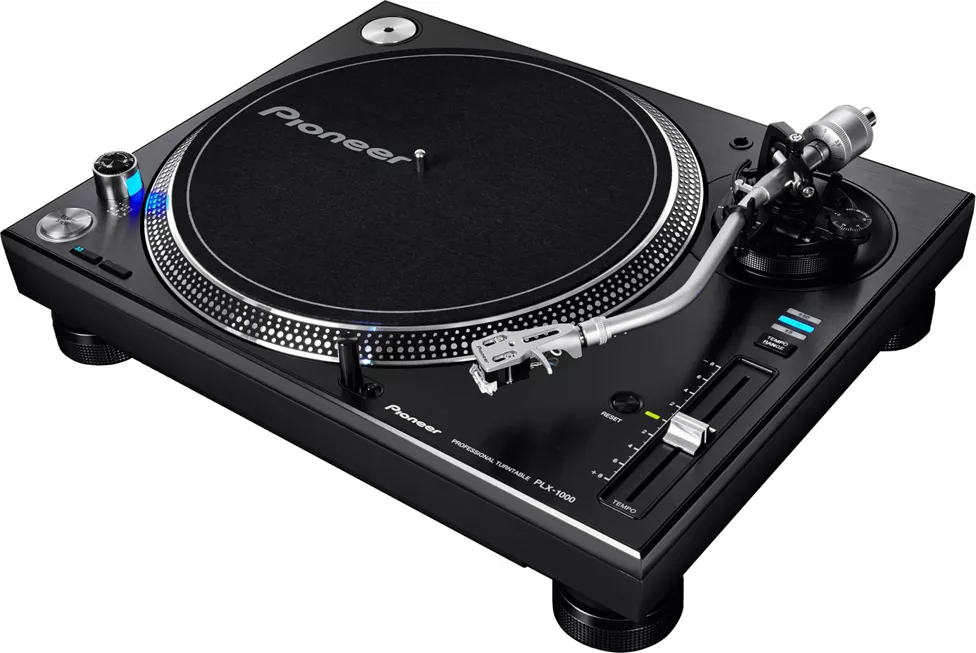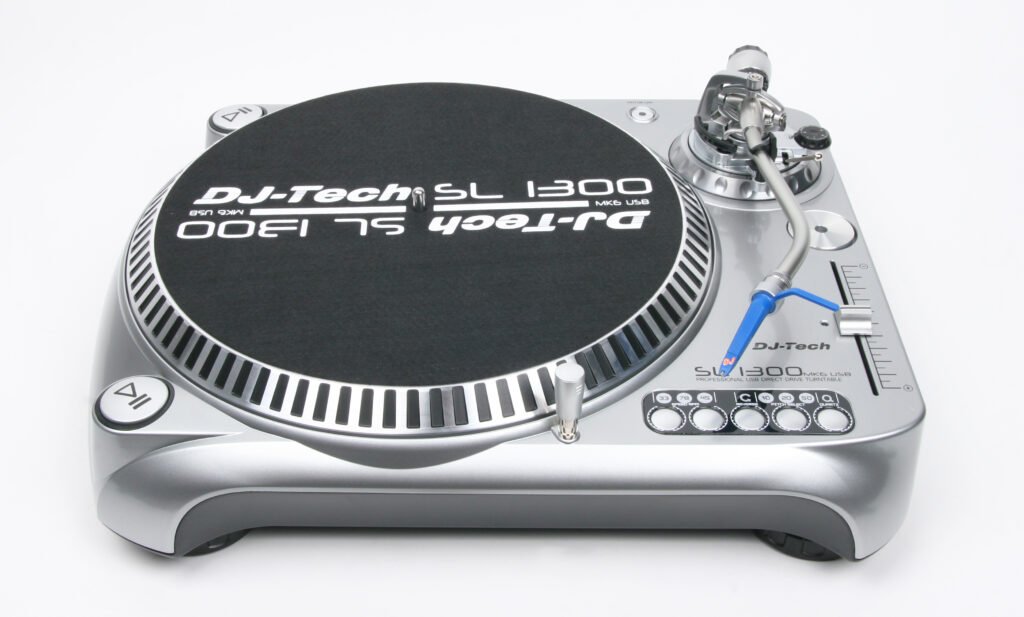- Joined
- Oct 11, 2018
- Messages
- 3,757
- Likes
- 6,596
The Hanpin motor:
Denon used to use a Quartz PLL along with a tape head reading a magnetic strip that went around the inside of the platter. At least on their higher end decks. I had it on a DP-75. I guess it worked fine, but I can't say it was better than anything else. One thing, if the inside of the platter was scored, or the tape head became misaligned, you no doubt had problems. Getting any of those fixed today is something I can't imagine.
Not unlike Hanpin single source machines, my guess is that the Sony/Denon/JVC designs were OEM from the same Japanese factory too, with variations depending upon whatever each company cosmetically specified. They all used the same tech (servo arms, magnetic Quartz PLL speed control), and that had to come under a single patent and then licensed.




